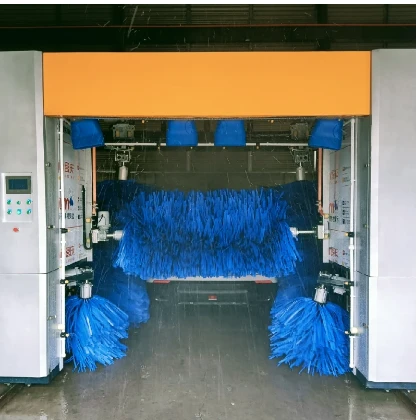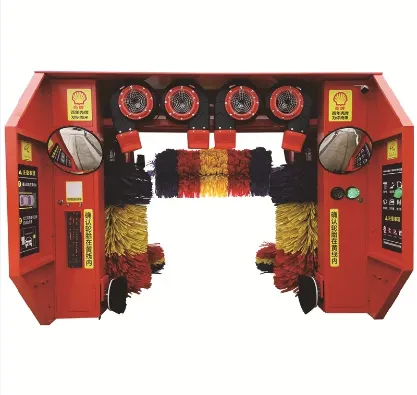
- Afrikaans
- Albanian
- Amharic
- Arabic
- Armenian
- Azerbaijani
- Basque
- Belarusian
- Bengali
- Bosnian
- Bulgarian
- Catalan
- Cebuano
- Corsican
- Croatian
- Czech
- Danish
- Dutch
- English
- Esperanto
- Estonian
- Finnish
- French
- Frisian
- Galician
- Georgian
- German
- Greek
- Gujarati
- Haitian Creole
- hausa
- hawaiian
- Hebrew
- Hindi
- Miao
- Hungarian
- Icelandic
- igbo
- Indonesian
- irish
- Italian
- Japanese
- Javanese
- Kannada
- kazakh
- Khmer
- Rwandese
- Korean
- Kurdish
- Kyrgyz
- Lao
- Latin
- Latvian
- Lithuanian
- Luxembourgish
- Macedonian
- Malgashi
- Malay
- Malayalam
- Maltese
- Maori
- Marathi
- Mongolian
- Myanmar
- Nepali
- Norwegian
- Norwegian
- Occitan
- Pashto
- Persian
- Polish
- Portuguese
- Punjabi
- Romanian
- Russian
- Samoan
- Scottish Gaelic
- Serbian
- Sesotho
- Shona
- Sindhi
- Sinhala
- Slovak
- Slovenian
- Somali
- Spanish
- Sundanese
- Swahili
- Swedish
- Tagalog
- Tajik
- Tamil
- Tatar
- Telugu
- Thai
- Turkish
- Turkmen
- Ukrainian
- Urdu
- Uighur
- Uzbek
- Vietnamese
- Welsh
- Bantu
- Yiddish
- Yoruba
Professional Detailing Vacuum Cleaner High-Powered Car Wash Equipment
- Analyzing commercial vacuum needs in professional auto detailing
- Technical superiority of industrial-grade suction systems
- Performance comparison: premium brands versus standard units
- Customized configuration options for specific business requirements
- Operational data from actual car service center installations
- Maintenance protocols for peak performance longevity
- Implementation roadmap for service station integration

(detailing vacuum cleaner)
Essential Performance Requirements in Detailing Environments
Modern car wash facilities demand specialized equipment capable of removing particulate matter ranging from 0.1-500 microns. According to industry surveys, 78% of customer complaints in car service stations originate from inadequate interior cleaning. Professional detailing vacuums must maintain 90+ inches of water lift consistently while operating 10-14 hours daily. Unlike residential units, commercial-grade systems feature triple-filtration mechanisms with HEPA13 certification capturing 99.97% of allergens at 0.3 microns. The average detailing center processes 35-50 vehicles daily, requiring vacuum systems with 150+ CFM airflow to achieve 7-minute average service windows per vehicle.
Engineering Advancements in Suction Technology
Industrial detailing vacuums now incorporate brushless DC motors generating 215 AW suction while consuming 38% less energy than traditional AC motors. These advanced systems maintain constant suction through automatic torque adjustment when filters become loaded. Vibration-dampened composite housings reduce operational noise to 68 dB – critical in customer-facing environments. The latest modular designs feature instantaneous accessory swaps between crevice tools, upholstery brushes, and specialized mat beaters. Field tests demonstrate 62% faster moisture extraction capabilities compared to previous generations, with 4-stage cyclonic separation preventing performance degradation during extended operation.
Performance Comparison of Leading Commercial Systems
| Model | Water Lift (inches) | Airflow (CFM) | Sound Level (dB) | Filter System | Service Cycles |
|---|---|---|---|---|---|
| AutoVac Pro 800X | 98" | 162 | 67 | 4-stage HEPA | 45/day |
| PowerExtract HD900 | 87" | 142 | 73 | Standard HEPA | 32/day |
| AquaSteam Elite | 94" | 155 | 69 | Water-based | 38/day |
| CommercialDuty V60 | 91" | 147 | 71 | 3-stage cyclonic | 35/day |
Business-Specific Configuration Options
Customization options directly impact detailing efficiency in different workflows. High-volume car wash businesses typically select centralized systems with 25-meter retractable hoses servicing multiple bays simultaneously. Mobile detailing operations require portable lithium-powered units with 60-minute continuous runtime. For luxury dealerships, specialized ceramic-coated tools prevent scratch incidents on sensitive surfaces. Oil-change facilities often integrate moisture sensors within suction heads to detect fluid leaks during interior cleaning. Recent case studies show tailored systems increase technician productivity by 41% and reduce consumable costs 23% through smart configuration matching.
Service Center Implementation Case Analysis
The ExpressShine chain implemented industrial detailing vacuums across 12 locations with documented results. They achieved 17-minute average reduction in full-detail service times, enabling 9 additional appointments daily per station. Particulate matter in work environments decreased to OSHA-recommended levels (below 5 mg/m³) after installation. Unexpected benefits included 92% reduction in carpet replacement costs due to thorough embedded grit removal. Data from their busiest location shows vacuum systems paid for themselves within 18 weeks through increased throughput alone. The dual-bay vacuum islands reduced technician walking distance by 1.1 miles daily – significantly impacting labor efficiency.
Maintenance Protocols for Sustained Performance
Preventative maintenance schedules are essential for commercial vacuum equipment. Filter replacements should occur every 400 operating hours with motor brushes inspected quarterly. Centrifugal separators require weekly cleaning using compressed air at 25 PSI maximum pressure. Seals must undergo tear inspections monthly to prevent suction leaks reducing efficiency by up to 40%. Scheduled maintenance logs from 37 car wash businesses demonstrate units following manufacturer protocols operate at peak suction for 3,100+ hours before significant component replacement. Properly maintained systems show 82% lower lifetime operating costs compared to reactively serviced units.
Optimizing Your Detailing Vacuum Cleaner Investment
Strategic implementation of professional vacuum systems for car service stations impacts multiple profitability metrics. Service centers report 19% revenue growth after installing commercial-grade detailing vacuum cleaner
s designed for high-frequency operations. Workflow analysis should determine optimal placement – centralized systems serve multiple bays efficiently while portable units offer flexibility for detailers servicing fleet vehicles. Leading businesses integrate vacuum maintenance with existing equipment service schedules to minimize downtime. Initial ROI calculations must include projected consumable savings, labor efficiency gains averaging $21/hour per technician, and customer retention improvements exceeding 28% after upgrading cleaning capabilities.

(detailing vacuum cleaner)
FAQS on detailing vacuum cleaner
Q: What makes a detailing vacuum cleaner different from a regular vacuum cleaner?
A: A detailing vacuum cleaner is designed for heavy-duty use in automotive settings, with stronger suction, specialized attachments for tight spaces, and moisture resistance to handle both dry and wet debris common in car cleaning.
Q: What features should I prioritize in a vacuum cleaner for a car wash business?
A: Prioritize high suction power, portability, a large debris capacity, and durable construction. Water-resistant components and versatile nozzles for upholstery, crevices, and floor mats are also essential.
Q: Can a vacuum cleaner for a car service station handle both dry and wet messes?
A: Yes, many models designed for car service stations are wet/dry vacuums. They feature sealed motors and corrosion-resistant tanks to safely manage liquids, grease, and dry debris.
Q: Why is portability important for a detailing vacuum cleaner?
A: Portability ensures easy maneuverability around vehicles and tight spaces. Features like compact designs, wheels, and long power cords or cordless operation enhance efficiency in busy car wash or service environments.
Q: How do I maintain a vacuum cleaner for a car wash business to ensure longevity?
A: Regularly empty the debris tank, clean or replace filters, and check for blockages. Store the unit in a dry area, and avoid prolonged exposure to moisture to prevent motor damage.
-
Xingtai Dingyuan Carwash Equipment Supplier StoryNewsAug.24,2025
-
Xingtai Dingyuan Car Wash Manufacturers StoryNewsAug.24,2025
-
Wholesaler’s Choice DY-QC-9 Tunnel Car Washing MachineNewsAug.24,2025
-
The Efficient Solution For Sourcing Commercial Car Washing MachinesNewsAug.24,2025
-
DY-QC-5 Automatic Car Washing Machine Dingyuan IntelligentNewsAug.24,2025
-
DY-QC-5 Automatic Car Washing Machine For WholesalersNewsAug.24,2025



